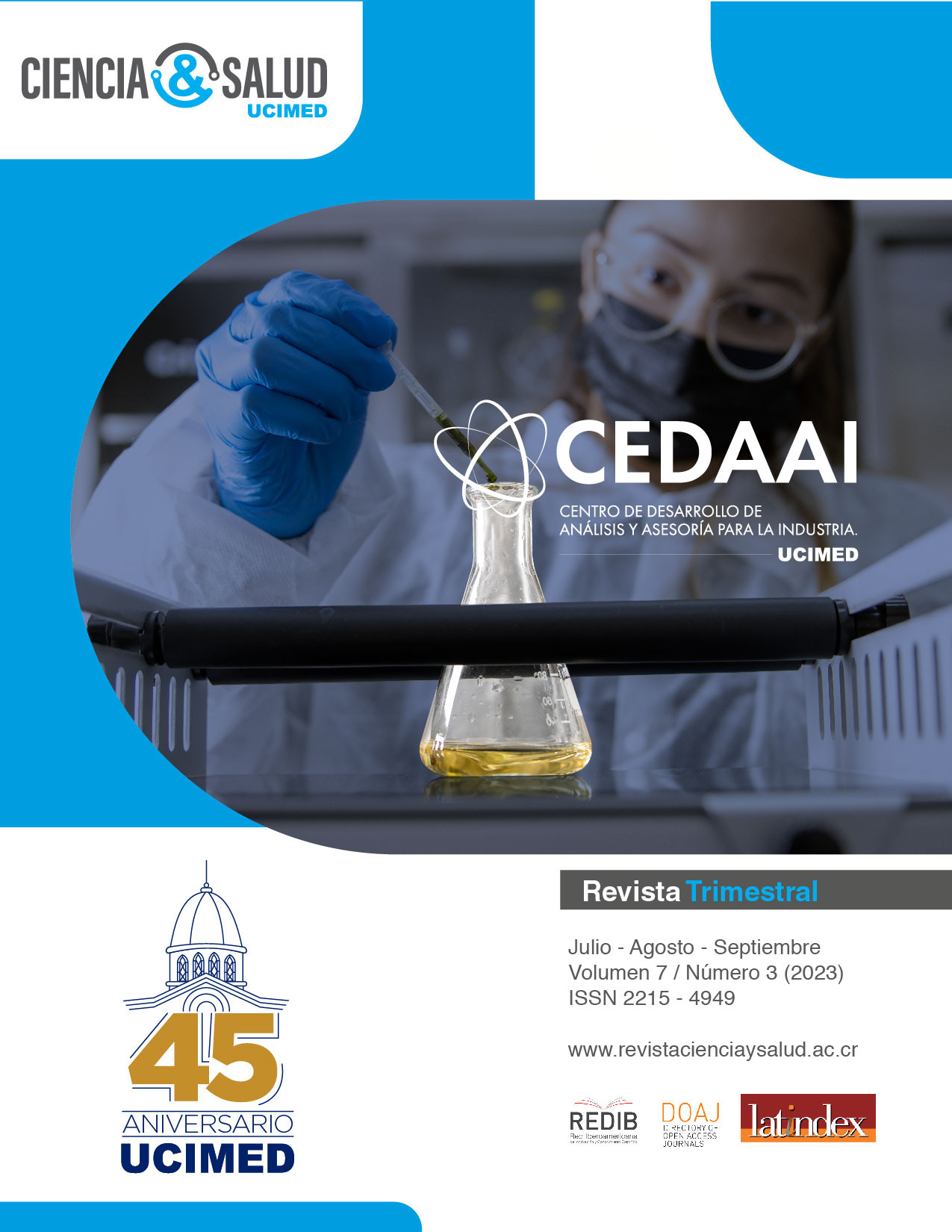Abstract
Dry needling (DN) is a treatment modality where a needle is inserted into muscle tissue to produce an analgesic effect, without any type of medication. Currently there is controversy regarding its effectiveness in the short, medium and long term, not only in relieving pain, but also in its effect on muscle strength.
The purpose of this study was to meta-analyze the scientific evidence regarding the effectiveness of PS in reducing pain and its effect on muscle strength, in the short term (0 to 7 days), in the medium term (from 8 to 31 days) and in the long term (more than 31 days), in the upper quadrant area. Methodology: A search was carried out in the PubMed, PEDro and SPORTDiscus databases. 391 articles were found, to which the inclusion and exclusion criteria were applied, resulting in 9 articles to be meta-analyzed. Results: a total of 7 meta-analyzes were carried out. Three meta-analyzes evaluated the effects of DN with the visual analog scale in the short term (0 to 7 days, TE = -0.50; 95% CI = -1.39 to 0.39), in the medium term (8 to 31 days, TE = -0.36; 95% CI = -0.76 to 0.04), and long-term (more than 31 days TE = -0.14; 95% CI = - 0.78 to 0.50). In all 3 cases, DN decreased pain, but not statistically significantly compared to other physiotherapy techniques. Two meta-analyzes analyzed the effects of DN with an algometer in the short term (0 to 7 days, TE = 0.17; 95% CI = -0.70 to 1.04), in the medium term (from 8 to 31 days, TE = 1.20; CI 95 % = -1.17 to 3.57). In both cases, PS decreased pain, but not statistically significantly compared to other physiotherapy techniques. Two meta-analyzes analyzed the effects of the DN on the strength of the manual grip measured with a dynamometer immediately (TE = 0.04; 95% CI = -0.39 to 0.46) and one week after the application of the DN (TE = -0.09; 95% CI = -0.51 to 0.33). In both cases, no statistically significant effects were evidenced. Continuous moderator variables (age, number of DN sessions) and categorical moderator variables (sex, needle size and measurement protocol with the algometer) were found.
Conclusions: in 3 meta-analyzes that evaluated the effect of PS on pain measured with VAS and 2 with an algometer, an effect was evidenced in the reduction of pain in favor of PS over other types of therapy, without being statistically significant. On the other hand, there was no evidence of an effect of the PS on the muscle strength of the manual grip measured with a dynamometer. The number of weekly average PS sessions, most frequently used in the 9 meta-analyzed studies, was one per week. The number of spasms most frequently used in the studies could not be determined as it was not specified in the methodologies. Age, the number of PS sessions, sex, needle size and the measurement protocol with the algometer, can moderate the results, so it is recommended not to ignore them in future studies.

This work is licensed under a Creative Commons Attribution-NonCommercial-NoDerivatives 4.0 International License.
Copyright (c) 2023 Geovanny Alex Garita Meneses, Gerardo Araya Vargas, Luis Carlos Solano Mora


